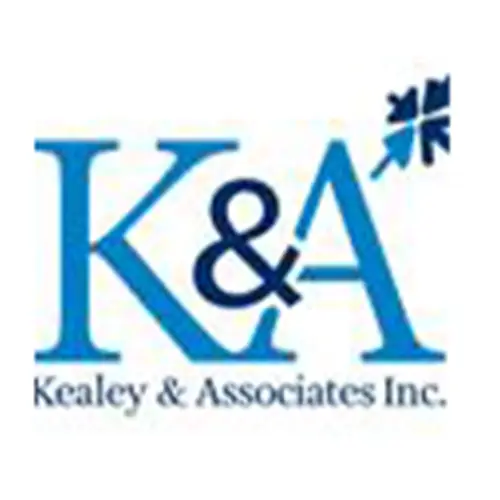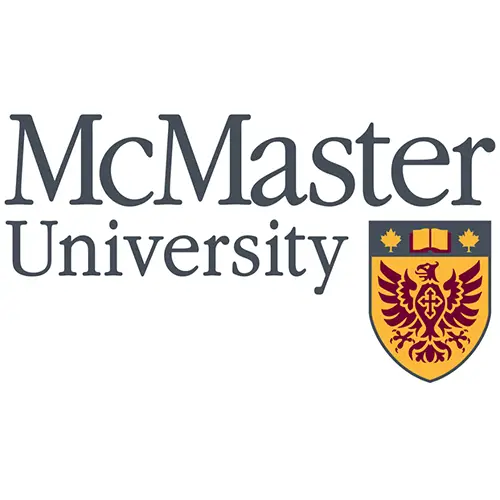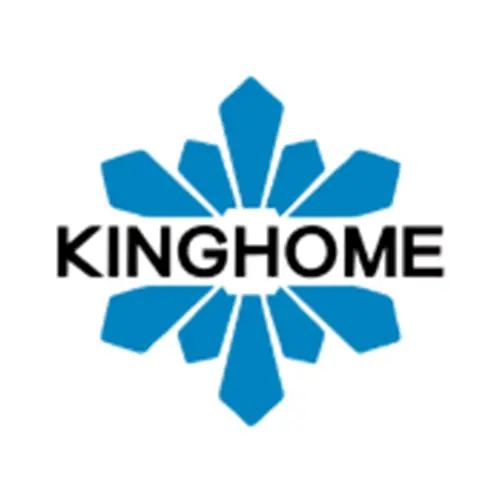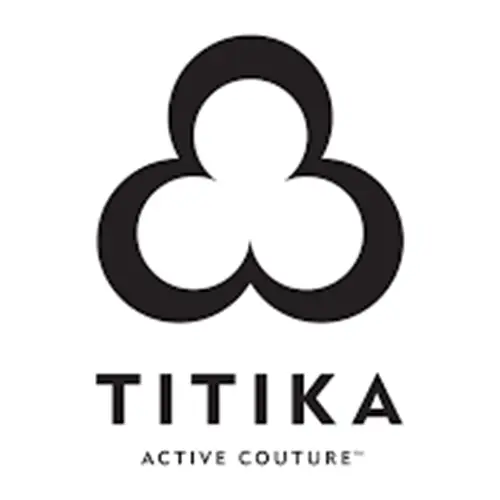When analyzing the average marketing budget across industries, it’s clear that investment levels vary significantly by sector. As digital platforms continue to dominate, businesses are shifting more of their budgets toward online strategies. In 2024, companies allocate an average of 53.4% of their marketing spend to digital channels, while the remaining 46.6% goes toward traditional methods such as print, TV, and radio.
Let’s take a closer look at the typical marketing expenditures in key industries and explore insights from some of the top-performing businesses within them.
Average Marketing Budget by Industry
Industry-specific marketing budgets are shaped by factors such as business objectives, target audiences, and competitive dynamics. Allocation varies across sectors, with industries like retail and eCommerce prioritizing digital channels, while fields such as healthcare and pharmaceuticals continue to invest heavily in traditional advertising. Budget distribution reflects each industry’s unique needs and consumer behaviour, emphasizing the importance of strategic investment in both digital and traditional media for effective marketing outcomes.
Source:upflip
Here’s a breakdown by industry:
- Educational companies allocate 75.5% of their marketing budget to digital channels.
- Technology firms direct 65.7% of their marketing spend toward digital marketing.
- Healthcare organizations invest 64.6% of their budget in digital marketing initiatives.
- Banking, finance, and insurance companies, on the other hand, commit 60.7% of their marketing budget to traditional marketing.
- Real estate companies allocate 60% of their marketing spend to traditional channels, while manufacturers dedicate 56% of their marketing budget to traditional methods.
Recommendation Based on Research: Businesses should allocate between 39.3% and 75.5% of their marketing budgets to digital marketing and between 24.5% and 60.7% to traditional marketing, depending on their industry.
Where Most Companies Set Their Marketing Budget
A recent survey of 1,800 small business owners reveals insights into average marketing budgets. It shows that 66.3% of small business owners allocate less than $1,000 annually for marketing. Around 19% spend between $1,000 and $10,000 per year, while 15% are willing to invest over $10,000 annually to support their marketing efforts. This range of spending reflects how small businesses prioritize their marketing budgets depending on their goals and resources.
Social Media Marketing
Social media marketing, which combines organic and paid strategies, remains a popular method for engaging customers on platforms like Facebook, Instagram, and TikTok.
60% of small business owners prefer social media marketing over alternatives like Google Ads, search engine optimization/SEM, print advertising, and content marketing.
Source:upflip
However, despite its popularity, 24% of business owners report social media marketing as their least successful strategy. The average budget for social media marketing can vary, but many businesses continue to prioritize it despite inconsistent results.
Source:upflip
The Effectiveness of Content Marketing
Content marketing, which involves creating and sharing valuable content such as blogs and videos, has proven to be highly effective in building authority and raising awareness about products and services.
While only 6% of businesses currently engage in content marketing, only 7% report it as an unsuccessful strategy. This suggests that small business owners could see significant benefits by investing more in content creation. Considering the average marketing budget by industry, allocating resources to content marketing could enhance overall results.
Preferred Ad Platforms
Business owners have numerous advertising platforms to choose from, but some tend to deliver better results Understanding the costs associated with various marketing tactics and tools is crucial for small business owners when allocating their budgets.
- Content Marketing Budget: Expect to spend at least $29 per content piece, though top creators may charge up to $1,000, or $0.05 to $1 per word.
- Paid Digital Advertising Budget: Small businesses generally pay around $2.59 per click, $3.12 per 1,000 impressions, and $0.66 to $1.23 for remarketing. Additionally, set aside $15 to $800 for tools and a minimum of $350 per month for paid digital ads.
- Monitor Ad Budget: If hiring someone to oversee ads, allocate between $350 and $5,000 per month, or 12% to 30% of the monthly ad spend, whichever is greater.
- Email Marketing Budget: Costs typically range from $18 per month for up to 1,000 contacts, rising to $540 per month for larger lists, plus any labor expenses.
- Social Media Marketing Budget: In 2023, the social media marketing budget was projected to reach $72.33 billion, averaging about $2,178.62 per business.
- Sales Funnel Automation Budget: Costs vary based on the number of automations used in your email marketing, social media marketing, and other strategies.
- Marketing Tools and Software: Depending on your company size and customer base, your budget for tools can range from free options to several thousand dollars monthly, either categorized separately or included in other marketing expenses.
- Traditional Advertising Budget: According to The CMO Survey, traditional marketing budgets are expected to decline by 2.6%, covering print ads, outdoor advertising, radio, and similar channels.
These specifics help small business owners determine the actual costs of various marketing campaigns.
Online vs. Traditional Businesses
Online businesses are 75% more likely to increase their marketing budgets.
This year, 70.6% of online businesses are either increasing or maintaining their marketing budgets. Among businesses generating less than 10% of revenue from online sales, 40% have stable or increasing marketing budgets, while 60% are reducing their marketing spend.
This trend reflects the growing share of online sales, which increases by about 1% annually.
Conclusion
Understanding the average marketing budget by industry is crucial for businesses aiming to allocate their resources effectively. With digital marketing rapidly overtaking traditional channels, businesses across industries are adjusting their strategies to stay competitive. These small business marketing budget statistics provide valuable guidance, especially for businesses transitioning toward digital-focused strategies. As digital marketing continues to rise and traditional advertising experiences a gradual decline, small business owners must adapt by investing more in digital strategies such as social media, content marketing, and paid digital ads. Leveraging these insights will help companies set realistic and effective marketing budgets aligned with their industry and growth objectives.























